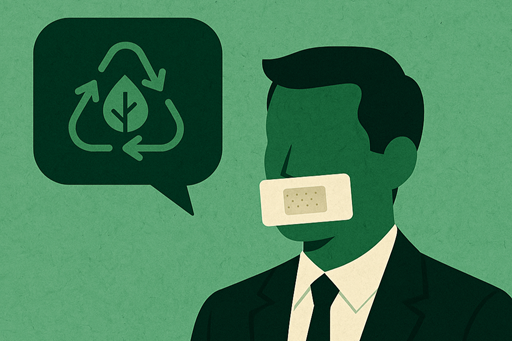Prompt engineering can make writing and ideation processes more efficient. However, some rules have to be observed for this.
Whether for concepts, social media, blogs or customer magazines: A good idea and the right wording are crucial for a successful result. This is where Prompt Engineering comes in, facilitating writing and ideation processes with the help of AI chatbots like ChatGPT. In order to exploit the full potential of the AI tools, there are a few tips and tricks for prompt writers.
How does ChatGPT work?
ChatGPT is an AI model that can create texts based on machine learning. The texters can communicate with ChatGPT and give instructions, similar to a dialog. Through trained knowledge and processing skills, ChatGPT generates appropriate responses.
The application possibilities are manifold. ChatGPT can offer solutions to users in a wide variety of situations, be it texts, social media posts, but also ideas for PR concepts. ChatGPT has many talents, but they first need to be awakened. This is where Prompt Engineering comes in.
What is Prompt Engineering?
Prompt engineering is the effective communication with an AI model, for example with ChatGPT. Instructions or inputs (prompts) are formulated so precisely that the AI brings the desired result. Depending on the goal, there are different models of prompt engineering:
- Chain-of-thought prompting is best suited for mathematical-logical tasks. This encourages the model to explain its arguments. Users can give the model examples to better illustrate the thought process.
- In the principle of self-consistency, you ask the AI model the same question several times and choose the answer that occurs most often.
- The principle of knowledge generation is an approach in which the AI first presents useful information about the posed request. Only then does one receive the final answer.
- Users can also let ChatGPT create a prompt for them. They instruct ChatGPT to ask them questions about the prompt, and the AI tool generates new, more precise instructions from the answers.AI can therefore draw on a wealth of tools to support PR experts in their daily work. However, users must keep in mind that ChatGPT is not a no-brainer. If you follow a few important rules, you can exploit the full potential of AI.
The “perfect recipe” for successful prompts
If you want to cook a good soup or bake a delicious cake, you need the right recipe. It’s the same with successful prompts. Users need to think about what ingredients they need first. Here are a number of tips that PR experts should follow.
- Context: The AI is assigned a specific role. It puts itself in the position of the copywriter, for example marketing expert, web designer, journalist or researcher.
- Goal: What is the goal of the prompt. Should the end result be a product description, an essay, or a tweet?
- Format: Here, users can define the text length, paragraphs, headings, or tonality of the desired result. For example, you can define that the text should consist of three paragraphs with a main heading and two subheadings. Or you can just define a short paragraph consisting of a maximum of five sentence.
- Subtasks: Ideally, users should proceed step by step, because the AI finds it easier to deal with smaller subtasks than with extensive instructions.
- Examples: We have already noted that AI learns from experience. These experiences can be taught in the form of suitable examples. Examples are also suitable if the instruction itself is too bulky.
- other best practices: Language plays an enormous role in the above ingredients. The sentences should be as short as possible and without slang or technical terms. Concrete and precise instructions are easier for the AI to implement. The trick is to leave the AI some creative leeway despite the precision. Word repetitions help the AI to prioritize individual instructions
Photo: Christin Hume/Unsplash












